Sigma 18-300mm F3.5-F6.3 Contemporary
Aberrations
No lens can be totally free of optical flaws. The following list describes the main defects that a lens can suffer from.
Name | Description |
| Chromatic aberration | Different colors do not have the same focus point. The result is colored lines (usually red or green) on edges showing a sharp transition from clear to dark tones, and a general decrease of the sharpness. Occurs mostly at wider apertures. Easy to correct via software. Mitigated by the use of achromatic lens elements. In simple terms, lateral CA occurs in the in-focus zones, while longitudinal CA occurs in out-of-focus zones. |
| Purple fringing | Sometimes caused by chromatic aberration effects. Can also occur because the RGB color filters in front of pixels create differences in pixel sensitivities. Creates a purple band on edges showing a sharp transition from clear to dark tones. Occurs mostly at wider apertures. Easy to correct via software. |
| Flare | Internal reflections on the various lens elements cause a decrease of contrast, the apparition of a bright veil, or ghosting. Occurs if an image includes bright light sources, especially if the light source is near the edge. Using a lens hood helps to control flare. Better lens coatings greatly reduce the effect. |
| Ghosting | A type of flare causing artifacts (orbs) to appear on an image including bright light sources, especially if the light source is near the edge. Can be used artistically. |
| Coma | Flaws in the optical design cause point sources (such as stars) located on the sides of the frame to appear elongated. Dependent on the lens design. |
| Distortion | Straight lines appear curved. Dependent on the lens design. Tested in another page. |
| Spherical aberration | Light rays hitting the sides of the lens do not have the same focus point as those passing through the center. Mitigated by the use of aspherical elements. |
Not all of those optical effects are easy to test independently. Purple fringing and chromatic aberrations are almost always coupled, and will be tested together. Flare and ghosting will also be measured as a pair. Distortion will get its own page later in this review. The other aberrations will not be formally tested as their effects are both harder to isolate and generally better controlled by design.
Flare
Flare will affect images in which a bright light source, such as the sun, is present in the frame or near its border. The use of a lens hood helps reduce the effect for side lighting, as does a recessed front element. High-quality lens coatings play a very important role in minimizing flare, by improving light transmission and minimizing internal reflections.
The Sigma 18-300mm’s design already dates a few years, and as part of Sigma’s “Contemporary” line, we expect good but not astounding results, especially considering the long zoom range.
Flare Test One - Center-of-Frame Sunlit Flare
As usual, we used the sun as our light source for flare testing. It is bright and covers a wider range of wavelengths than most artificial light sources. We offset the sun slightly in order to see eventual ghosting which could be hidden if there was a straight line between the light source and the sensor. You can click on the thumbnails for larger views.
Test at 18mm
| F3.5 |  |
| F4 |  |
| F5.6 |  |
| F8 |  |
| F11 |  |
| F16 |  |
| F22 |  |
At 18mm with the sun in the center, the lens is never free of flare. At F3.5 and F4 there is a halo ring at the bottom (which will be more or less visible depending on the exact framing; it is showing to the left here). At F5.6 a small but very bright ghost appears near the center, joined by other, more diffuse ghosts as the aperture closes. In short, the lens is never free of flare at 18mm.
Test at 50mm
| F4.5 |  |
| F5.6 |  |
| F8 |  |
| F11 |  |
| F16 | 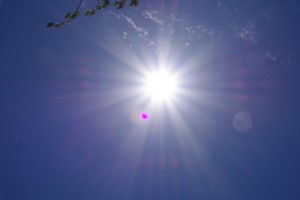 |
| F22 |  |
At 50mm, a similar halo is visible at wider apertures, and again many ghosts appear as the aperture closes, dominated by one strong and distracting occurrence.
Test at 150mm
| F5.6 |  |
| F8 | 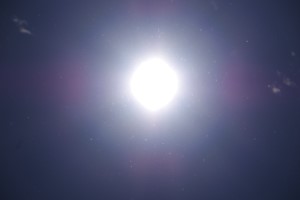 |
| F11 |  |
| F16 |  |
| F22 |  |
Things are slightly better at 150mm. Four ghosts are visible around the light source, but hard to spot at the widest aperture. Again a strong ghost appears as the aperture closes down.
Test at 300mm
| F6.3 |  |
| F8 |  |
| F11 |  |
| F16 |  |
| F22 |  |
The best results are obtained at 300mm. Flare is still present, but much harder to spot and less of a distraction in the picture. Note that the sun takes up a significant portion of the frame.
Flare Test Two - Edge of Frame
For this test, we placed the source in the top right corner of the frame, directly illuminating the sensor. You can click on the thumbnails for larger views. We looked at both the APS-C and full frame fields of view.
Test at 18mm
| F3.5 |  |
| F4 |  |
| F5.6 |  |
| F8 |  |
| F11 |  |
| F16 |  |
| F22 |  |
At 18mm with the sun in the corner, flare is less disturbing but still present. It manifests in a series of ghosts going from the light source to the opposite corner, becoming more visible and numerous as the aperture gets smaller.
Test at 50mm
| F4.5 |  |
| F5.6 |  |
| F8 |  |
| F11 |  |
| F16 |  |
| F22 |  |
The same observations apply at 50mm. The ghosts are joined by a few extra off-axis artifacts and a halo at wider apertures.
Test at 150mm
| F5.6 |  |
| F8 |  |
| F11 |  |
| F16 |  |
| F22 |  |
150mm shows the same behavior. There are fewer ghosts but a large halo at the opposite side to the sun.
Test at 300mm
| F6.3 |  |
| F8 |  |
| F11 |  |
| F16 |  |
| F22 |  |
300mm again shows the best results. There is some decreased contrast at F16 and F22, but not much to see apart from that.
Chromatic Aberration Test
For this test we used a well-lit, sharp transition from dark to bright, in order to make manifest any chromatic aberration present in the image.
We then looked at three parts of the image: the focus point, the top and the bottom (beyond and before the focus point). The center point is the same. You can click on the images to see 100% crops, and navigate by using the left-right arrows.
APS-C
Center | Top | Bottom | |
| F4 | 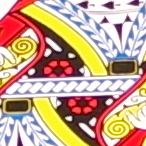 |  | 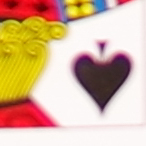 |
| F5.6 | 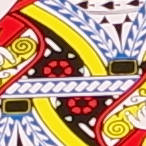 |  | 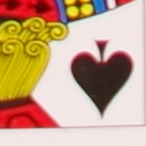 |
| F8 | 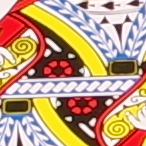 |  | 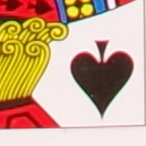 |
| F11 | 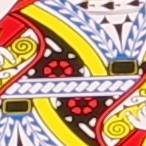 |  | 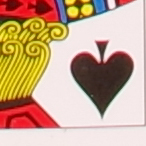 |
| F16 | 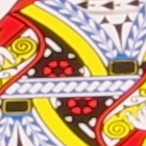 |  | 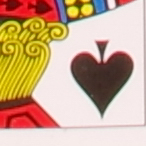 |
| F22 | 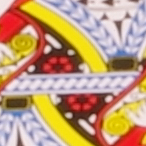 | 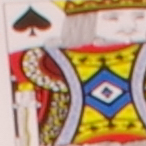 | 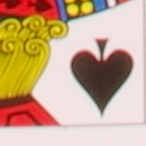 |
Chromatic aberration is absent from the center of the frame at all apertures. The same cannot be said of the top and bottom, where CA is seen across the aperture range. Results are best at F8 and F11 but CA is still obvious around highly contrasted objects. It shows as green and red borders on the edges of sharp transitions.
There is no hint of purple fringing, but it could be mixed up with the CA and is hard to evaluate.
Verdict
The Sigma 18-300mm is a letdown regarding flare. Our expectations were not particularly high, but the results are unimpressive to say the least. Flare and ghosting is present at all focal lengths, aperture and composition choices. Users will need to be aware of it and take it into account in their composition.
Chromatic aberration is absent from the center of the frame, but present at all apertures at the top and bottom.
In short, the Sigma 18-300mm struggles to control aberrations in all tested conditions. This is one example of the compromises involved with such lenses.


